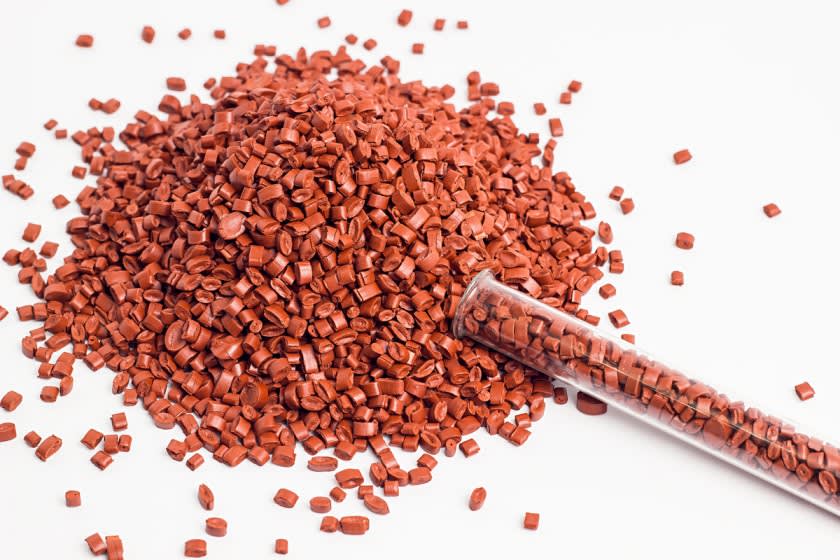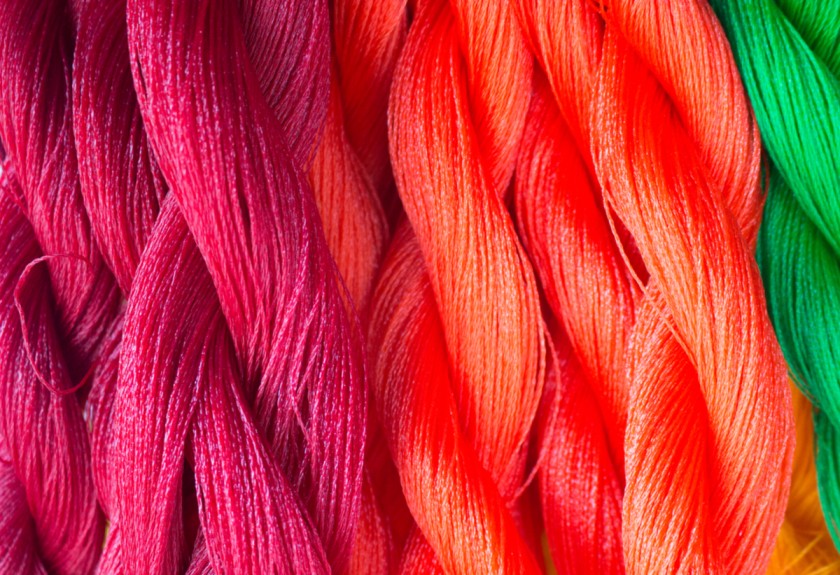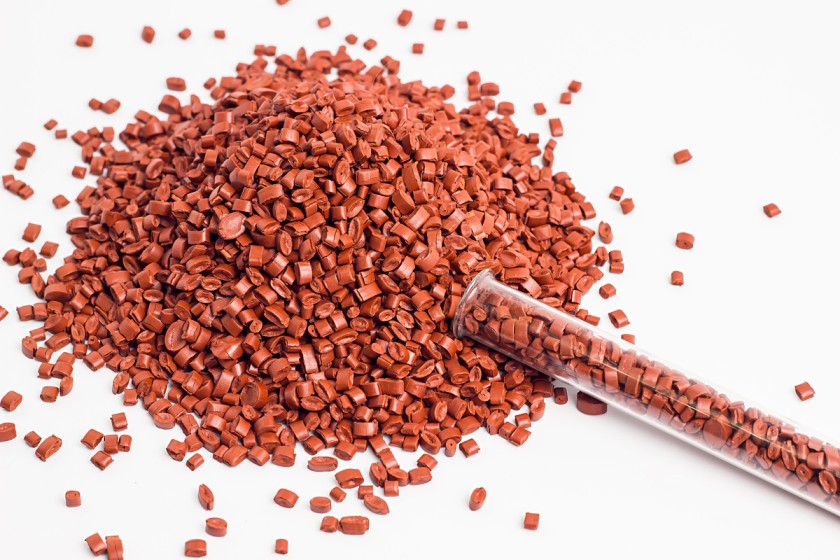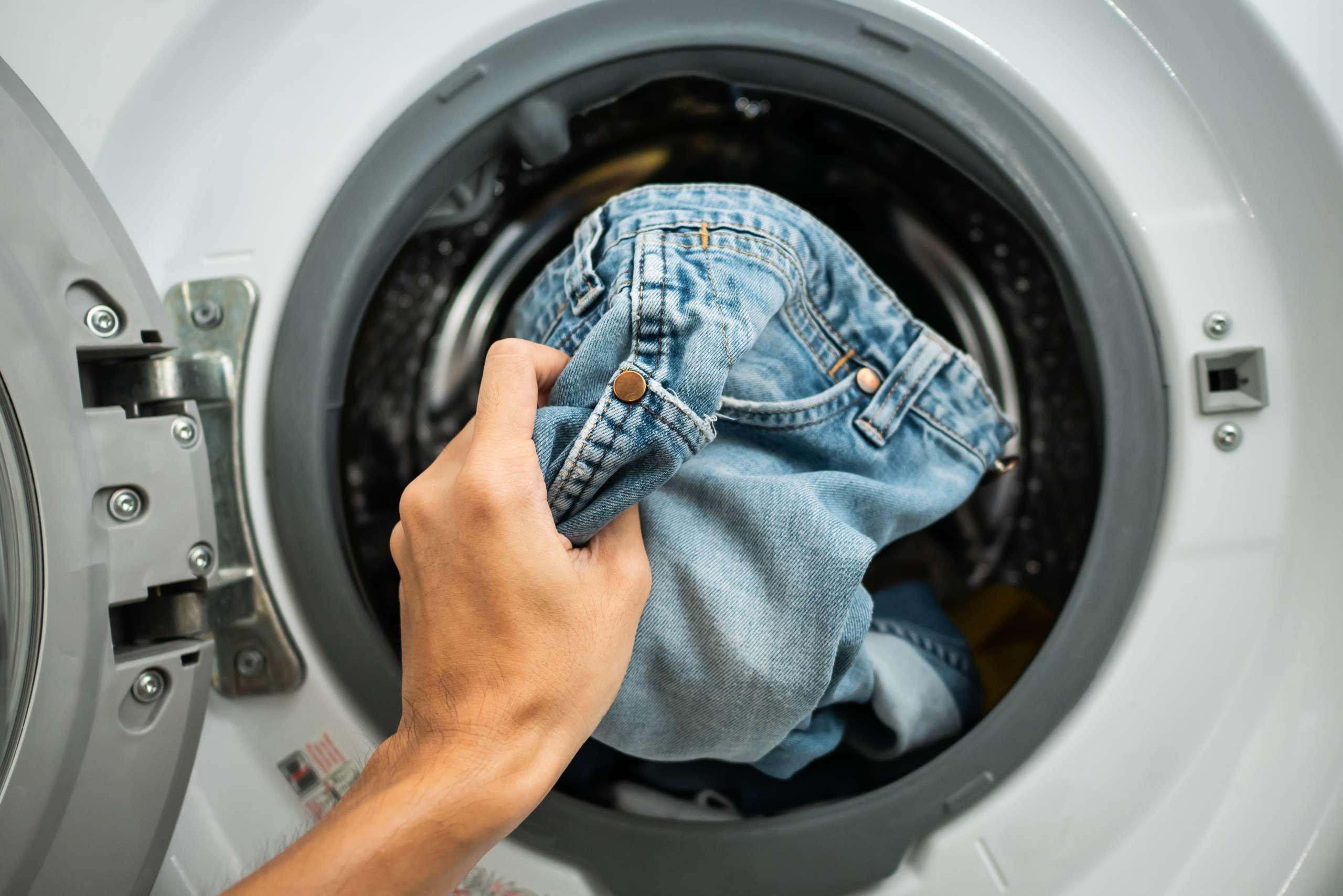5 Man-Made Fibers Driving Growth



The worldwide demand for types of fibres has increased significantly over the last three decades, particularly for man-made fibers (MMF), which increased from 19,000 KT (kilo tons) during 1990 to 60,762 KT in 2015, accounting for over 90% of the increase in textile fiber usage during that time.
When the worldwide population increased by 35-37% to 7.3 billion people in the last few decades, fiber consumption increased by over 140% to 84,870 KT. The market for textile fibers, both organic and man-made, is predicted to rise by roughly 60% as the world's population grows, leading to increased MMF consumption. Raw ingredients for MMF manufacturing are predicted to be nearly inexhaustible for future decades and will also be substantially less expensive than plant fibers. These reasons will significantly drive MMFs within the immediate and longer terms.
Take a look at five different types of man-made fibers and how they drive growth.
Polyester
Polyester is one of the types of fibres made mostly from petroleum. The fabric is among the most widely used fabrics globally, with thousands of industrial and consumer uses. Polyester was first commercially produced in 1953. Polyester was prominent and the 1970s because it washes and remains wrinkle-free. Polyester is a polymeric fabric mostly made up of compounds containing the ester group.
While certain types of polyester are sustainable, the majority are not, so polyester manufacture and use affects global pollution. Other fibers are frequently mixed with polyester, rendering identification much more difficult. In rare cases, polyester could be the only component of garment goods, although people more commonly utilize polyester with cotton or other organic fiber. In the United States, polyester is the number one synthetic fiber in use.
Polyester consumption was just 5.2 million tonnes in 1980, but it had risen to 19.2 million tonnes by 2000. Demand for 2014 is estimated to be 46.1 million tonnes. Between 1980 and 2014, total fiber consumption increased by 55.7 million tonnes, with polyester accounting for 73.4 percent of that rise.
According to Global Market Insights Inc.'s recent study, the Polyester Market was valued at $91.7 billion in the year 2020 and is expected to approach US$160 billion by 2027, with a growth of 7.8% from 2021 to 2027. The point is transparent: polyester has surpassed all other fibers, both man-made and biological, in terms of market dominance. Also, anyone working in the fiber industry must know that polyester makers are continuously evaluating alternative fibers and the markets to see whether polyester may gain market share.
Nylon

Nylon is the brand name for a group of polymeric materials widely utilized to produce clothes and consumer products. Nylon types of fibres, against other biological or semi-synthetic fibers, are synthetic, meaning they have no organic origin.
Nylon was the first non-cellulose material manufactured straight from petrochemical products or coal, and its development in 1931 ushered in a change. In 1939, it was first commercially produced for female hosiery. During WWII, the authorities diverted nylon from consumer items to military applications such as tents, chutes, tires, and cords. In the United States, nylon stands as the number two most popular synthetic material.
Nylon can be made into a very durable and adaptable plastic. People often use its resins in machine screws, hair combs, gun components, food containers, toothbrushes, and a wide range of other products.
Polyester is the most common MMF, while nylon, the first MMF, plays a significant part in the fiber industry, with 4 million tonnes produced globally in 2014. Nylon has evolved into a specialty fiber, focusing on a small number of end uses, yet a few of these markets are rather significant.
Carpet is crucial for nylon, accounting for 17.5% of global use and 72% of nylon output in North America. Nylon Fibers is expected to increase at a 4.6 percent annual pace from 2020 to 2028, reaching $58.91 billion in value.
Acrylic
Acrylic fiber textiles come from acrylonitrile, a synthetic polymer. These types of fibres are fossil fuel-based textiles since they are made by reacting specific petroleum or coal-based compounds with a range of monomers. This fiber was first commercially produced in the United States in 1950. The fiber's capacity to absorb colors significantly improves by combining acrylonitrile with modest quantities of other chemicals.
Acrylic fibers are distinguished from other synthetic fibers by their uneven surface. Acrylic fabric is preferred in heat-retention applications since it is one of the least absorbent fabrics available. For example, tracksuits and hoodies are classic examples of these utilized in sporting equipment.
In 2020, the acrylic fiber market was worth $1,269.51 kiloton. According to the newest analysis by Reports and Data, the worldwide acrylic fiber market is estimated to cross USD 5.31 billion in 2028, with a stable revenue CAGR of 2.3 percent throughout the forecast period.
The rising use of acrylic fibers in the production of clothes, home furnishings, toys, and supplementary tapes, among other applications, is likely to raise demand for acrylic fibers and drive growth throughout the forecast period.
Polypropylene
Polypropylene fabric is a common word for any textile product made from thermoplastic polypropylene. This particular form of plastic is non-polar and somewhat crystalline, and it belongs to the polyolefin family. Polypropylene is the world's second-most-produced plastic, behind polyethylene, and people usually use it more in packing, straws, and different industrial and consumer items than in textile manufacture.
Polypropylene fiber is among the lightest types of fibres on the market, and it is highly resistant to alkalines and acids. Furthermore, the heat capacity of this material is less than most MMFs, making it perfect for cold-weather use.
According to Global Market Insights Inc.'s most recent study, the Polypropylene Market was valued at $3.5 billion in 2020 and is predicted to reach $7.05 billion in turnover by 2027, with a growth of 3.2 percent from 2021 to 2027. The staple fiber segment's polypropylene fiber market accounted for $ 2,135 million in 2020 and is predicted to increase at a 3.3 percent growth through 2027.
Polypropylene core fibers are primarily utilized in creating nonwoven textiles, which people extensively use in construction, purification, and medical applications. Increasing consumption for these fibers will boost segmental expansion throughout the analysis period.
Polyamide

Polyamide is a broad word that refers to wide types of fibres manufactured from polyamide monomer strings. Nylon is the most well-known polyamide fabric; however, there are many distinct types of this fabric.
Although these textiles come from carbon-based compounds, they are entirely synthetic, distinguishing them from semi-synthetic fabrics like rayon and wholly natural fabrics like cotton. The initial marketing brochure for this fabric claimed that it was more durable and utterly resistant to tears, and it was presented during the New York World's Fair in 1939.
During World War II, people frequently utilized polyamide textiles like nylon as parachute materials, and a lack of fabrics forced many women to manufacture costumes out of repurposed parachutes. As a result, polyamide was widely utilized in women's clothes, albeit people only utilized pure forms in apparel for a brief time.
According to Allied Market Research, the worldwide polyamide market was valued at $25.4 billion in the year 2019 and is expected to hit $40.6 billion by 2028, rising at a CAGR of 5.4 percent from 2021 to 2028.
The worldwide polyamide market is growing due to rising demand for PA-6 in the electronics and electrical industry and rising demands for electric cars. In terms of type, aliphatic polyamides led the industry in 2019, responsible for roughly 90% of the total market share. On the other hand, the aromatic polyamides segment is expected to grow at the fastest rate of 6.5 percent during the projection period.
Conclusion
Overall, increased usage of MMF due to restricted cotton production and availability and other reasons is likely to generate a significant rise in global textile fiber demand in the future years. Process and product development in both classic and non-traditional fabric product categories employing MMF is also a significant driving element.
Fashinza is the ideal location to go if you want to buy any of these types of fibres. They are a B2B apparel production platform that connects clothing companies with suppliers to help them create their collections.
Place an order with them, and they'll handle the entire manufacturing process for you, from inception to delivery.



















